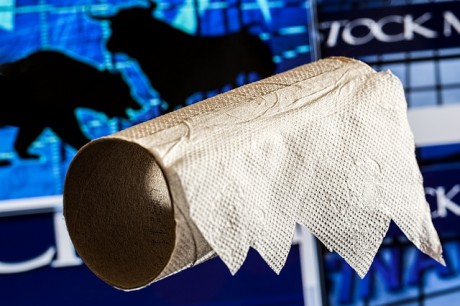Money is a collective human inventionFirst, let us have a look at the fundamentals of money. How did Money evolve? Thousand and thousands of years ago before any trade occurred homo sapiens use to be self-sufficient; families or small communities grew that their own crops, fished the seas, raised cattle and made their own tools.When barter emerged the necessity to be self-sufficient ceased to exist. A farmer that grew tomatoes and carrots could exchange some of his production output for bananas or oranges if he wished to do so. There was no necessity for the farmer to grow all crops he wished to consume, when there was an option to trade.Farmers participating in a barter economy were incentivized to specialize in production, because they could escalate their wealth (gain more goods) by producing fewer crops on a greater scale. Through trade increased productivity (efficiency of production) could be converted into wealth, as the more efficient commodities were produced, the higher the exchange value of the labor put in to produce them. Consequently, barter economized production among its participants.
By exchanging, human beings discovered ‘the division of labor’, the specialization of efforts and talents for mutual gain… Exchange is to cultural evolution as sex is to biological evolution.
From Matt Ridley.














